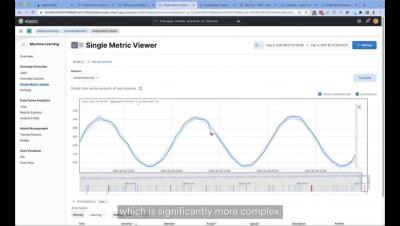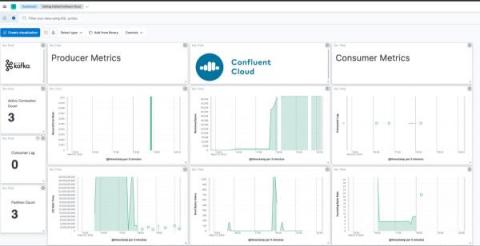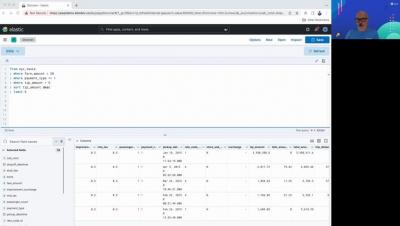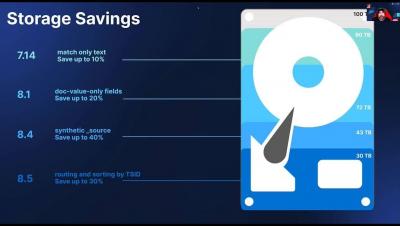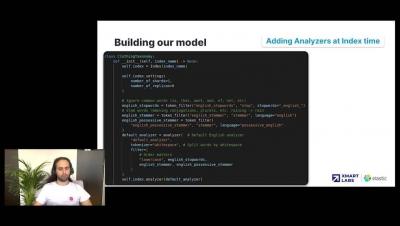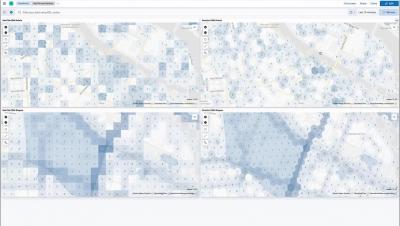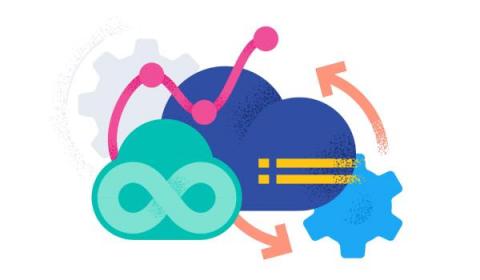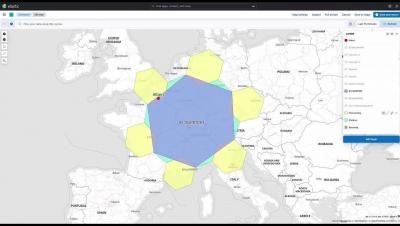Operations | Monitoring | ITSM | DevOps | Cloud
Elastic
How to monitor Kafka and Confluent Cloud with Elastic Observability
The blog will take you through best practices to observe Kafka-based solutions implemented on Confluent Cloud with Elastic Observability. (To monitor Kafka brokers that are not in Confluent Cloud, I recommend checking out this blog.) We will instrument Kafka applications with Elastic APM, use the Confluent Cloud metrics endpoint to get data about brokers, and pull it all together with a unified Kafka and Confluent Cloud monitoring dashboard in Elastic Observability.
Joins, pipes and more with the new Elasticsearch Query Language
Elasticsearch and OpenSearch - not the same thing
Using search effectively in taxonomies and correctly modeling your domain in Elasticsearch
Comparing Geotile and Geohex in Kibana
Elastic Observability 8.7: Enhanced observability for synthetic monitoring, serverless functions, and Kubernetes
Elastic Observability 8.7 introduces new capabilities that drive efficiency into the management and use of synthetic monitoring and expand visibility into serverless applications and Kubernetes deployments. These new features allow customers to: Observability 8.7 is available now on Elastic Cloud — the only hosted Elasticsearch offering to include all of the new features in this latest release.
Elastic Enterprise Search 8.7: New connectors, extraction rules for web crawler, and search analytics client beta
Elastic Enterprise Search 8.7 is packed with features designed to improve content ingestion and search experiences. With this release, the MySQL connector adds advanced filtering capabilities, allowing you to filter and ingest large volumes of data from MySQL databases more efficiently.
Elastic Observability: Built for open technologies like Kubernetes, OpenTelemetry, Prometheus, Istio, and more
As an operations engineer (SRE, IT Operations, DevOps), managing technology and data sprawl is an ongoing challenge. Cloud Native Computing Foundation (CNCF) projects are helping minimize sprawl and standardize technology and data, from Kubernetes, OpenTelemetry, Prometheus, Istio, and more. Kubernetes and OpenTelemetry are becoming the de facto standard for deploying and monitoring a cloud native application.


